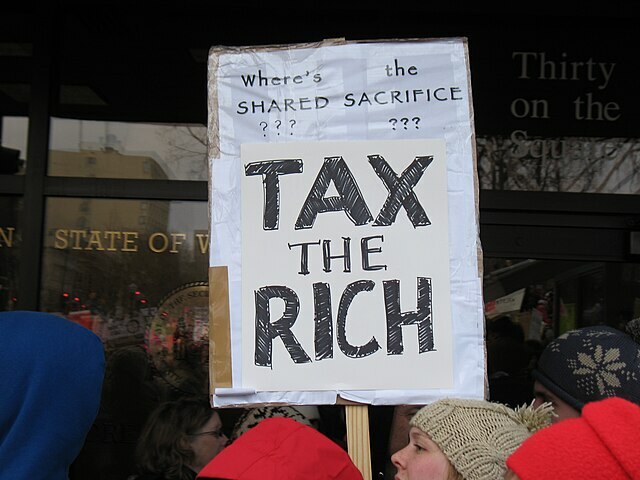Consumption smoothing is the idea of reducing what one purchases in a time of plenty in order to buy more in lean times. It means either saving money today so it is available in the future or borrowing tomorrow’s income to make a purchase today. Redistribution works the same way. Private donations are how one person can use past earnings to pay for another person’s consumption in the present. At the government level, today’s taxes are on citizens’ past earnings and government bonds commit their future earnings.
Because it is difficult to predict the future, borrowing is risky for both the borrower and the lender. It depends on the borrower having more money in the future than in the present. Investments in human capital such as an education or physical capital such as a home have provided returns that could justify borrowing. More people have begun to question the value of borrowing for college, however, as the line between investment and consumption has blurred and the return on some degrees has fallen.
Cars, computers, and smartphones also combine aspects of investment to improve income potential and simple consumption. These products and others like them, however, rarely maintain their value over time the way a home usually does. Saving is a lower-risk way to pay for these goods and often is also recommended for education expenses.
All of these have parallels to government finances, even at the federal level where otherwise intelligent people propose to turn lead into gold with financial alchemy like Modern Monetary Theory. (As an aside, I’m tired of people writing “lead” when they mean “led” as the past tense of the verb “lead.”) The federal government has been smoothing consumption from the future to the present for the past 50 years whether the economy has been growing or shrinking, heedless of the limited, short-term circumstances in which Keynes considered deficits worthwhile to absorb private savings.
Population growth, investment, and total factor productivity have not increased fast enough to generate sufficient tax revenue to pay back past deficits and new government spending demands, so this year’s $3 trillion explosion of spending to cover COVID-related costs has been piled on top of another $1 trillion in deficit spending just to cover ordinary expenses.
Most states, cities, and counties do not have the federal government’s ability to borrow. They must rely on past savings in a Rainy Day Fund or other fund balance if they want to maintain spending levels when revenue dips.
Since 2011, the North Carolina General Assembly has restrained spending (consumption) and used a portion of the excess revenue to build up savings that could be used for unexpected expenses, such as Hurricanes Matthew in 2016 and Florence in 2018 or this year’s Great Suppression. In contrast, Gov. Roy Cooper has proposed spending much more each year than the legislature, diverting money from the unemployment insurance trust fund, taking on $5 billion in new debt, and spending the entire $1.5 billion fund balance this fiscal year. Each of Cooper’s recommendations would make future tax hikes or spending cuts all but inevitable even with similar economic growth.
Retiree pension and health care benefits remain underfunded. Though not nearly to the extent as in other states, these shortfalls knocked down North Carolina’s grade in Truth in Accounting’s Financial State of the States despite the state’s admirable performance on sustainable budgeting.
As Milton Friedman often remarked, the bill always comes due. Today’s spending must be paid by taxes, regardless whether those taxes were collected in the past, are collected this year, or will be collected in the future. Between 2001 and 2010, state lawmakers repeatedly extended higher sales taxes on the poor and income taxes on businesses and people with higher incomes, then cut jobs for government employees because there still was not enough tax revenue when the economy slowed.
Responsible budgeting with plenty of margin between revenue and spending since 2011 made it possible for all state employees to keep their jobs without having taxes increased on families and businesses. A constitutional tax and expenditure limit would help ensure state employees’ jobs in the next recession.


